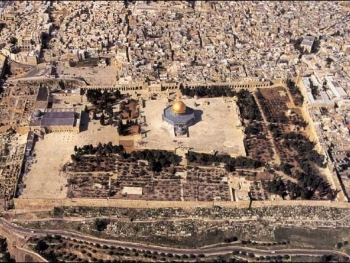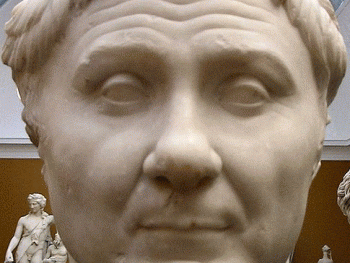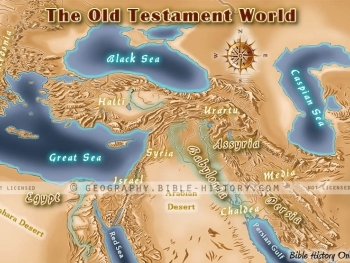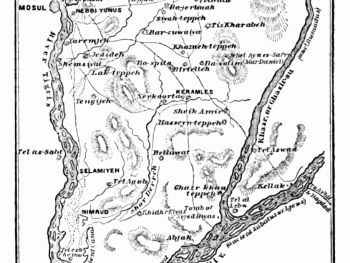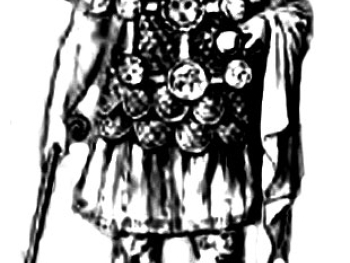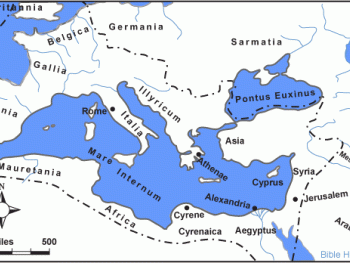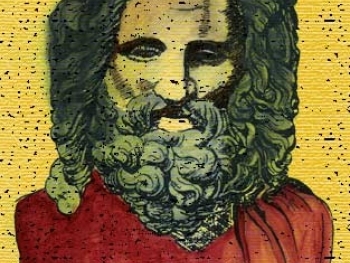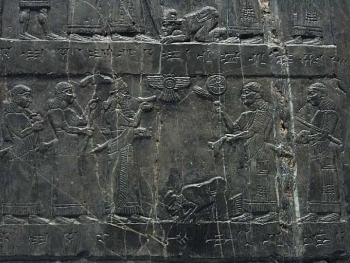Around 1000 BC David became king over Israel and conquered the Jebusites and stormed their fortress on Mount Zion (1 Sam. 5:5-9). Jerusalem became his home and the capital of his kingdom. He brought the Ark of the Covenant to the city and danced before the LORD. He also erected a new tabernacle for the Ark. Jerusalem became known as the City of David.
Note: According to Kathleen Kenyon’s 1961-1967 archaeological excavations in Jebusite Jerusalem she concluded that “David’s men did indeed capture the city in this way and they made it the capital of Israel about 1000 B.C.”
Kathleen Kenyon, “Royal Cities of the Old Testament” (New York: Shocken, 1971) pp. 24-27
Also see: Kenyon on Jerusalem
Source:
